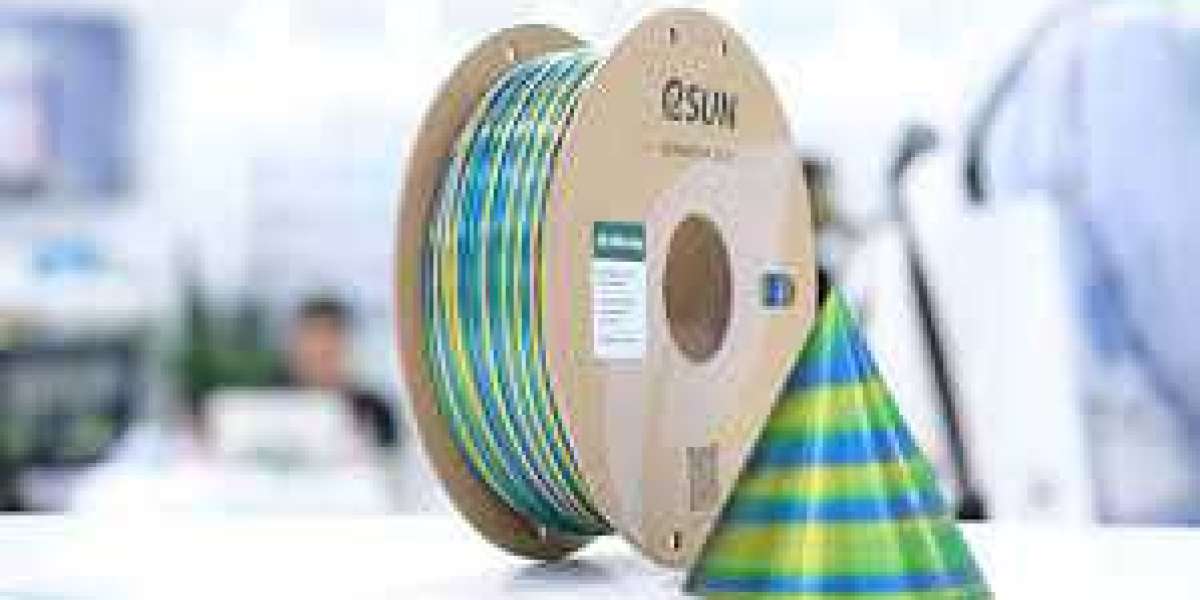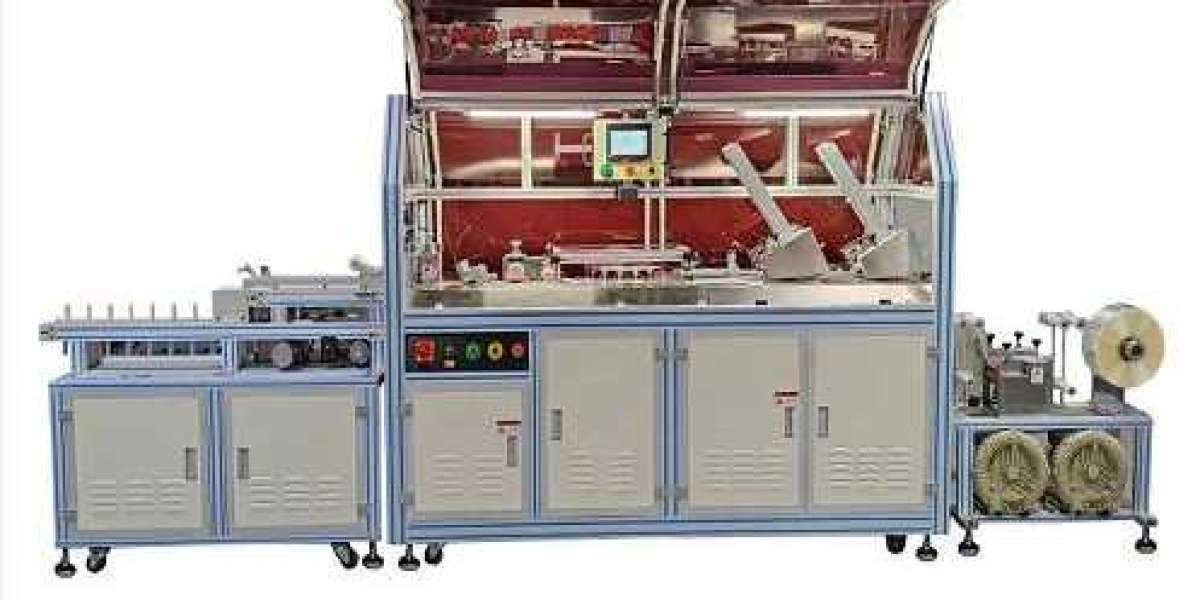Purchasing bulk PLA filament offers several advantages, including cost savings, material consistency, and reduced downtime. However, managing large quantities of filament requires careful attention to ensure it stays in optimal condition and is used efficiently. In this article, we’ll explore effective methods for managing bulk PLA filament to maximize its shelf life and maintain print quality.
Proper Storage to Prevent Moisture Absorption
PLA is hygroscopic, meaning it absorbs moisture from the air, which can degrade its quality over time. Moist filament can lead to poor print performance, including bubbles, stringing, and weakened layer adhesion. To manage bulk PLA efficiently, it’s crucial to store it correctly.
Airtight Containers: Store PLA spools in airtight containers or vacuum-sealed bags with desiccants to control humidity. Large, sealable storage bins with desiccant packs are ideal for keeping multiple spools dry.
Humidity Monitoring: Use a hygrometer inside storage containers to monitor humidity levels, keeping it below 40% to protect the filament from absorbing moisture.
Dry Boxes: Invest in a filament dry box for real-time storage during printing. Dry boxes allow filament to remain in optimal condition while feeding directly into the printer.
Labeling and Organizing Spools
When managing bulk PLA filament, especially in environments like research labs or manufacturing facilities, organization is key. Keeping track of different colors, diameters, and material types ensures that the right filament is used for each project, minimizing waste and confusion.
Labeling: Clearly label each spool with its type, color, and purchase date. This helps in tracking the usage cycle and prioritizing older spools for projects, preventing filament from going unused for too long.
Rack Systems: Use spool racks to organize and store filament. Wall-mounted racks or shelving units allow for easy access while maintaining an organized workspace. Consider grouping spools by color or filament type for faster identification.
Filament Usage Rotation
Just like food inventory, practicing first-in, first-out (FIFO) management for filament ensures that older spools are used before newer ones. This is especially important for bulk PLA, as prolonged exposure to the environment can degrade its print quality, even when stored properly.
Regular Inspections: Periodically check stored spools for signs of moisture absorption, such as brittle filament or rough surface texture. If needed, dry spools before use to restore their original quality.
Stock Monitoring: Keep an updated inventory of filament stock, monitoring usage rates and reordering supplies before running low. Bulk orders should be planned based on consumption to avoid excess unused filament.
Filament Drying
If filament has absorbed moisture, it can still be salvaged with proper drying techniques. Using a filament dryer can remove absorbed moisture, restoring the PLA to its original printing quality.
Filament Dryer: A dedicated filament dryer heats the PLA at a controlled temperature, removing moisture without damaging the filament. For PLA, drying it at around 40-50°C for 4-6 hours typically works well.
Effective management of bulk PLA filament is essential to ensure long-term print quality, prevent material waste, and optimize workflow efficiency. By implementing proper storage techniques, organizing spools, practicing a FIFO system, and utilizing drying methods when necessary, users can make the most of their filament and maintain consistent printing performance across all projects.


